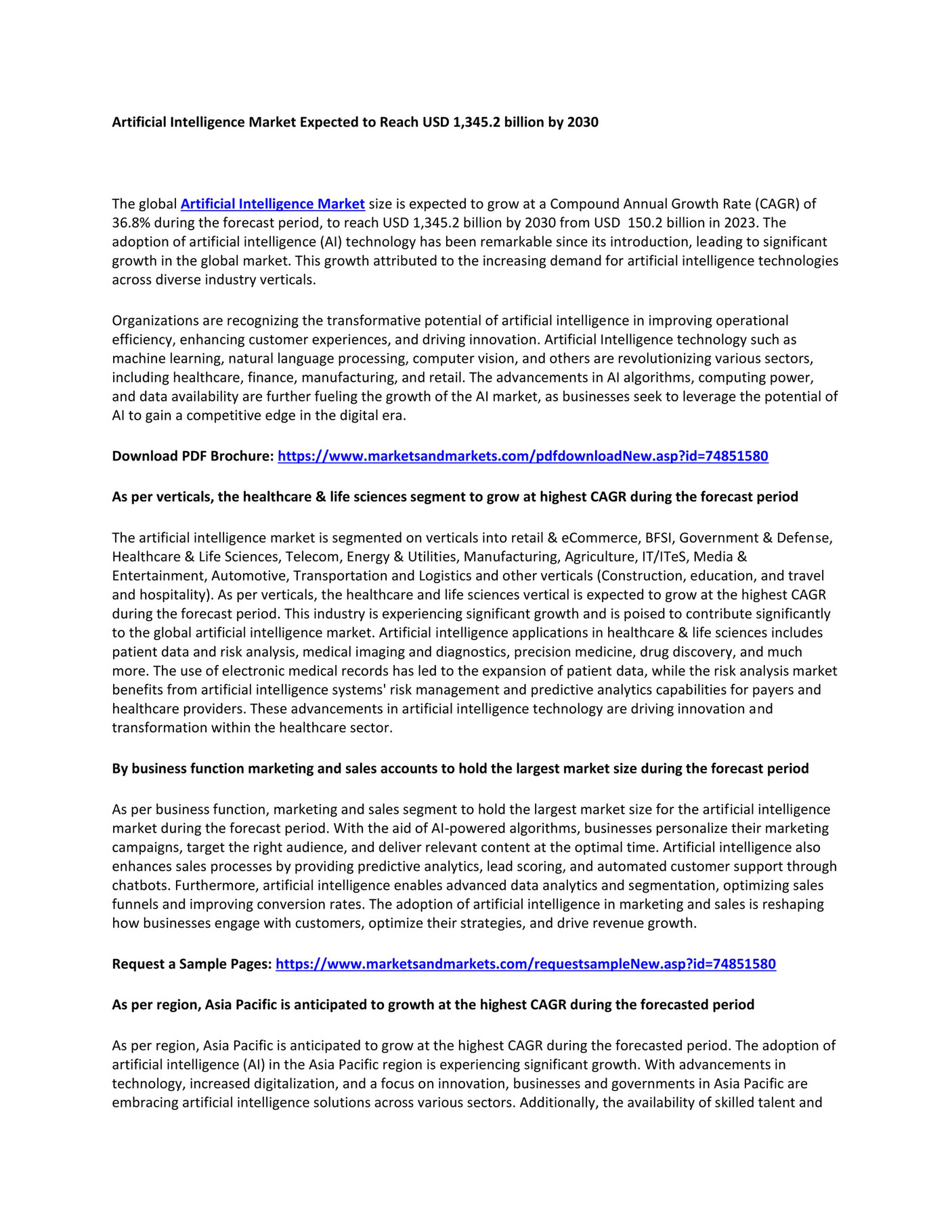Deepfake technology has taken the world by storm, and the K-pop industry is no exception. From viral videos to heated debates, the rise of deepfakes in K-pop has sparked both fascination and concern among fans and industry experts alike. But what exactly are these deepfakes, and why are they causing such a stir? Let’s dive in and explore the latest trends and controversies surrounding K-pop deepfakes.
Imagine this: a perfectly crafted video of your favorite K-pop star performing a song they’ve never released or dancing in ways that defy reality. Sounds cool, right? Well, that’s the power of deepfake technology. It’s like digital magic, but with a twist. While some see it as an exciting new frontier, others worry about its potential misuse and ethical implications.
The K-pop world is all about innovation, creativity, and pushing boundaries. Deepfakes, which use AI to manipulate or generate realistic images, videos, and audio, have quickly become a part of this dynamic landscape. But as with any new technology, there’s a lot to unpack. So, buckle up, because we’re about to take you on a wild ride through the world of K-pop deepfakes!
Read also:Karen Gillan Partner All You Need To Know About Her Relationships
Table of Contents
- What Are Deepfakes?
- K-pop Deepfake Trends
- Controversies Surrounding K-pop Deepfakes
- Ethical Considerations
- Impact on the K-pop Industry
- The Fans' Perspective
- Legal Implications
- The Future of Deepfakes in K-pop
- How to Identify Deepfakes
- Conclusion
What Are Deepfakes?
Alright, let’s break it down. Deepfakes are basically AI-generated content that can manipulate or create realistic videos, images, or audio. Think of it like Photoshop on steroids. This technology uses machine learning algorithms to swap faces, create realistic speech, or even animate movements that didn’t happen in real life. In the K-pop world, deepfakes have been used to create everything from alternate music videos to entirely new performances.
But here’s the kicker: not all deepfakes are created equal. Some are harmless fun, like fan-made videos of idols dancing to different songs. Others, though, can be used for malicious purposes, like creating fake news or spreading misinformation. And that’s where the controversies come in.
How Do They Work?
To put it simply, deepfake technology uses something called a Generative Adversarial Network (GAN). It’s like a digital tug-of-war between two AI systems. One system generates the fake content, while the other tries to detect it. Over time, the generator gets better at creating convincing deepfakes, while the detector improves at spotting them. It’s a constant battle of wits in the digital realm.
For K-pop fans, this means that the line between reality and fiction is getting blurrier by the day. And while some might see this as a fun new way to engage with their favorite idols, others worry about the potential consequences.
K-pop Deepfake Trends
Now that we’ve got the basics down, let’s talk about the latest trends in K-pop deepfakes. Over the past few years, we’ve seen a surge in deepfake content featuring K-pop idols. Some of the most popular trends include:
- Alternate Music Videos: Fans love to reimagine their favorite songs with new visuals or even different idols.
- Virtual Performances: Imagine seeing your favorite group perform a concert in a completely virtual setting. Deepfakes make this possible.
- Collaborations: What if BTS and BLACKPINK teamed up for a song? Deepfakes can make it happen, even if the real thing never happens.
- Time Travel: Ever wondered what your favorite idol would look like as a kid or in the future? Deepfakes can take you on a trip through time.
These trends show just how creative fans can get with deepfake technology. But as with any powerful tool, there’s a flip side to consider.
Read also:Kristen Kish The Culinary Maestro Of 2025
Controversies Surrounding K-pop Deepfakes
Let’s talk about the elephant in the room. While deepfakes can be fun and exciting, they’ve also sparked a fair share of controversies in the K-pop world. Here are some of the biggest issues:
- Privacy Concerns: Deepfakes often use images and videos of idols without their consent, raising questions about privacy and intellectual property.
- Misinformation: With so many deepfakes floating around, it can be hard to tell what’s real and what’s fake. This can lead to confusion and even harm.
- Exploitation: Some deepfakes have been used to create harmful or inappropriate content featuring idols, which is a major concern for both artists and fans.
These controversies highlight the need for clear guidelines and regulations when it comes to deepfake technology in the K-pop industry.
Real-Life Examples
One of the most talked-about deepfake controversies in K-pop involved a viral video of a popular idol that turned out to be fake. Fans were initially thrilled by the video, but when they discovered it was a deepfake, the backlash was intense. This incident sparked a heated debate about the ethical implications of using deepfake technology in the entertainment industry.
Another example is the rise of deepfake apps that allow users to create their own content featuring K-pop idols. While some see this as a fun way to engage with their favorite artists, others worry about the potential for misuse and exploitation.
Ethical Considerations
When it comes to deepfakes, ethics are a big deal. Here are some key questions to consider:
- Should fans have the right to create deepfake content featuring their favorite idols without permission?
- How can we ensure that deepfakes are used responsibly and not for harmful purposes?
- What role should K-pop agencies play in regulating the use of deepfake technology?
These are tough questions, and there’s no easy answer. But one thing’s for sure: as deepfake technology continues to evolve, the need for ethical guidelines will only become more important.
The Role of Agencies
K-pop agencies have a big role to play in this whole deepfake saga. They need to find a balance between encouraging creativity and protecting their artists from potential harm. Some agencies have already taken steps to address this issue, like issuing statements about the use of deepfakes or working with tech companies to develop detection tools.
But it’s not just up to the agencies. Fans and creators also have a responsibility to use deepfake technology in a way that respects the rights and dignity of K-pop idols.
Impact on the K-pop Industry
Deepfakes are changing the game in the K-pop industry. On one hand, they offer new opportunities for creativity and innovation. Fans can engage with their favorite idols in ways that were never possible before. But on the other hand, they pose a real threat to the industry’s integrity and reputation.
For example, deepfakes could be used to create fake scandals or spread misinformation about K-pop idols. This could damage their careers and even harm their mental health. That’s why it’s crucial for the industry to stay ahead of the curve and develop strategies to mitigate these risks.
Opportunities and Challenges
Here’s the thing: deepfakes aren’t going anywhere anytime soon. So, instead of fighting against them, the K-pop industry needs to figure out how to harness their potential while minimizing the risks. This could mean investing in AI detection tools, creating ethical guidelines for deepfake content, or even collaborating with fans to produce official deepfake projects.
Of course, there are challenges to overcome. But with the right approach, deepfakes could become a powerful tool for enhancing the K-pop experience rather than detracting from it.
The Fans' Perspective
Let’s not forget the fans in all of this. After all, they’re the ones who are most affected by deepfakes in the K-pop world. Some fans see deepfakes as a fun way to engage with their favorite idols and explore new creative possibilities. Others, however, worry about the potential for harm and misuse.
One thing’s for sure: fans have a lot to say about deepfakes. From online forums to social media, the conversation is lively and diverse. And while opinions may differ, one thing everyone can agree on is that deepfakes are here to stay.
Fan-Made Content
Fan-made deepfakes are becoming increasingly popular in the K-pop world. These videos range from harmless fun to elaborate productions that rival professional content. But as the line between fan-made and official content blurs, questions arise about ownership, consent, and responsibility.
For fans, this means navigating a complex landscape where creativity meets ethics. It’s not always easy, but it’s a challenge that many are willing to take on.
Legal Implications
When it comes to deepfakes, the legal landscape is still a bit murky. There are no clear-cut laws governing the use of deepfake technology in the entertainment industry, and that includes K-pop. But that doesn’t mean there aren’t any legal implications to consider.
For starters, deepfakes could violate intellectual property rights, privacy laws, or even defamation laws. If a deepfake video portrays an idol in a negative or harmful way, there could be legal consequences for the creator. And while K-pop agencies may not have the power to stop every deepfake from being created, they can take legal action if necessary.
Current Laws
Right now, the laws surrounding deepfakes are still evolving. Some countries have started to address the issue by introducing new legislation, but it’s a slow process. In the meantime, K-pop agencies and artists are left to navigate the legal minefield on their own.
But here’s the good news: as awareness of deepfake technology grows, so does the push for clearer regulations. And that’s a step in the right direction.
The Future of Deepfakes in K-pop
So, what does the future hold for deepfakes in the K-pop world? The short answer is: a lot. As the technology continues to improve, we can expect to see even more sophisticated deepfake content. This could lead to new opportunities for creativity and innovation, but it also means new challenges to overcome.
One possibility is the development of official deepfake projects by K-pop agencies. Imagine a world where fans can collaborate with their favorite idols to create virtual performances or alternate music videos. It’s a tantalizing idea, but one that requires careful planning and execution.
Emerging Technologies
As AI and machine learning continue to advance, the possibilities for deepfake technology are virtually endless. From hyper-realistic graphics to real-time deepfake creation, the future is bright (and a little scary). But with the right safeguards in place, deepfakes could become a valuable tool for enhancing the K-pop experience.
Of course, there are still plenty of hurdles to overcome. But one thing’s for sure: the K-pop industry is no stranger to change, and deepfakes are just the latest chapter in its ever-evolving story.
How to Identify Deepfakes
So, how do you tell the difference between a real K-pop video and a deepfake? It’s not always easy, but there are a few telltale signs to look out for:
- Look for inconsistencies in facial expressions or body movements.
- Check for unnatural lighting or blurring around the edges of the face.
- Pay attention to audio quality and synchronization with the video.
Of course, these tips aren’t foolproof. As deepfake technology continues to improve, it’s becoming harder to spot the fakes. That’s why it’s important to stay informed and use your best judgment when consuming K-pop content online.
Tools and Techniques


